Asia Art Tours is proud to Interview Jennifer “Jenny” Lue of Yakushima. A Graduate of MIT in Physics, Jennifer offers one of the most unique perspectives on science, nature, art and philosophy of all the guides in Japan. She is a one-of-a-kind mind and is a reason unto herself to visit Yakushima. There she provides hiking tours that take travelers into the natural beauty and science of Yakushima.

It’s been a long, crazy winding road that led to Yakushima.
So you know where I’m coming from—I’m an MIT Physics with Electrical Engineering major, complete nerd, and I’ve always done (I wouldn’t say “study” because it was always fun. For people of my inclination, exploring the world means everything from deriving mathematical proofs and searching for harmony in religion, creating art, challenging your body in sports, and partaking in those unmentionably stigmatized teenage endeavors, as well as going out into the great outdoors and gazing at the distant stars.) math and science and everything I do because I want to. I find the mysteries of the universe—the beauty that is just beyond our grasp—incredibly compelling.
After graduation I started an applied physics internship in Japan (in a city called Tsukuba, where the government shipped all the scientists to in the 1980s when laboratory space in Tokyo became too expensive) because I wanted to experience what was on the other side of the world. It was a difficult year in which I discovered the inadequacy of my communication skills. Worse, I couldn’t speak in Japanese and think scientifically at the same time. I started attending kendo (the Japanese martial art of fencing) practices at a nearby middle school, which was both a reasonable excuse to leave work at 6pm and a good way to make friends, and I was soon so enthralled that I was doing kendo everyday and enrolled in the masters program at the nearby university (which, a friend assured me, just happened to have arguably the best kendo program in the country). I got my masters in kendo (well, sports science, with a focus in kendo, and, no, unfortunately a masters in kendo doesn’t make one a master of kendo.) and moved to central Japan, where I was given a three-year opportunity to apply what I’d learned and practice teaching kendo.
Now, I’m originally from Florida. Swamp-turned-flatland Florida. But as you may know, central Japan is all mountains. Every valley has something fantastic—a crystalline river, a town filled with the scent of wood-smoke, a trail with an obscure destination, a sunrise, a star-filled sky. How could I possibly stay indoors?
As the kendo hall was no longer available to me all day every day, I spend my free days exploring the nearby mountains and hills, and I spent nights creating art and music. One of my music friends had been raving about Yakushima, and at some point I went down and traversed the island myself. It was pretty awesome. Somebody in Yakushima started conversation by asking if I lived in Yakushima. No, I thought, but maybe I could. . .
Alas, after the tsunami, I was coming up on ten years in Japan, and I thought it was time for me to think about the future, maybe even move back to the US and get a “real” job. Wherever I went, my thoughts kept returning to Yakushima, and, flipping through the local help-wanted advertisements, there was an ad for hiking guides. I scored myself an interview and never looked back.
Everyone comes here for the nature, but one of the best parts about being a hiking guide has little to do with the nature: You meet so many passionate spirits and people going through momentous life changes, and in the mountains, even an introverted nerd can make friends in seconds. I enjoy these intersections I share with other hikers almost as much as I enjoy traversing the mountains themselves.
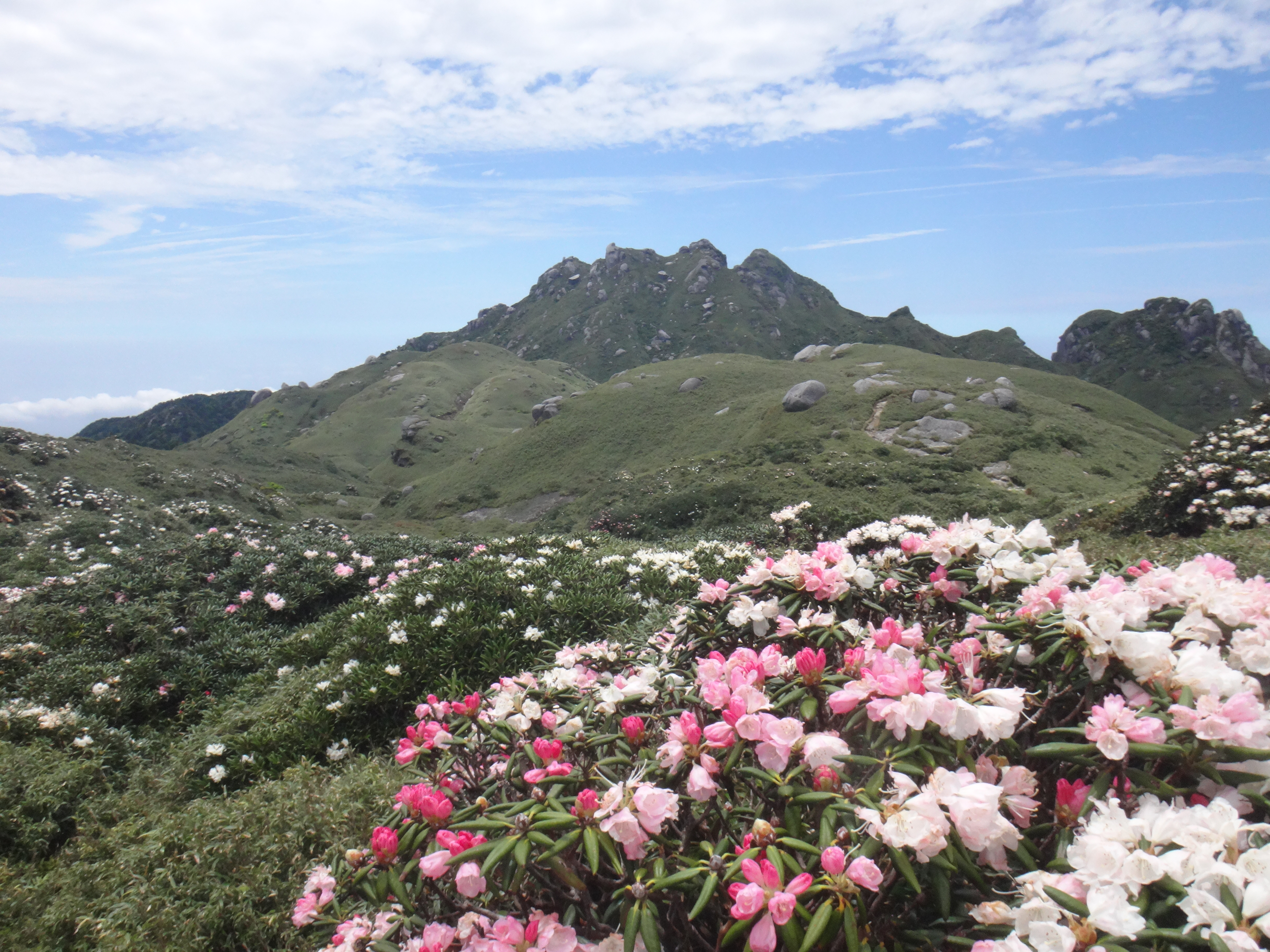 Q2. As someone who has scientific training, does this lead to an interpretation of Yakushima’s nature that connects to larger systemic or environmental forces? Or do you see Yakushima and it’s beautiful nature as more of a stand-alone entity, (“A Rose is a Rose is a Rose”)
Q2. As someone who has scientific training, does this lead to an interpretation of Yakushima’s nature that connects to larger systemic or environmental forces? Or do you see Yakushima and it’s beautiful nature as more of a stand-alone entity, (“A Rose is a Rose is a Rose”) That’s a hard question. I have a hard time turning off the logic circuits in my brain, and I’m always thinking about trends in the deer population and monkey behavior and invasive species and artificial pollination and stuff. But despite all that going on, I hike for the moments of quiet, when you really feel as if these ancient forests have invited you and maybe even accepted you, and all that rattle in your brain can’t stand up to the millennia these trees have seen. All the politicking and monetizing and dark craziness of the cities just stops making sense. It’s hard to capture in phrases like, “The Moss Forest.” This isn’t a garden that’s merely pretty to look at. This is something much bigger. These mountains have a rhythm, a pulse, something not bound to human rule. No matter how much the forests are categorized and compartmentalized with subsequent trail maintenance and conservation-driven restrictions, when you’re there, human law is secondary to those forces. It doesn’t always happen the first time you go hiking, but it’s something that I would like everyone to be able to experience. In a way, maybe it’s similar to when you’re creating something—a painting, a song, a clay pot, whatever—and that object begins to take on a life of its own and you just can’t hold it down. Whether that’s the same pulse that drives the cosmos, I can’t say.
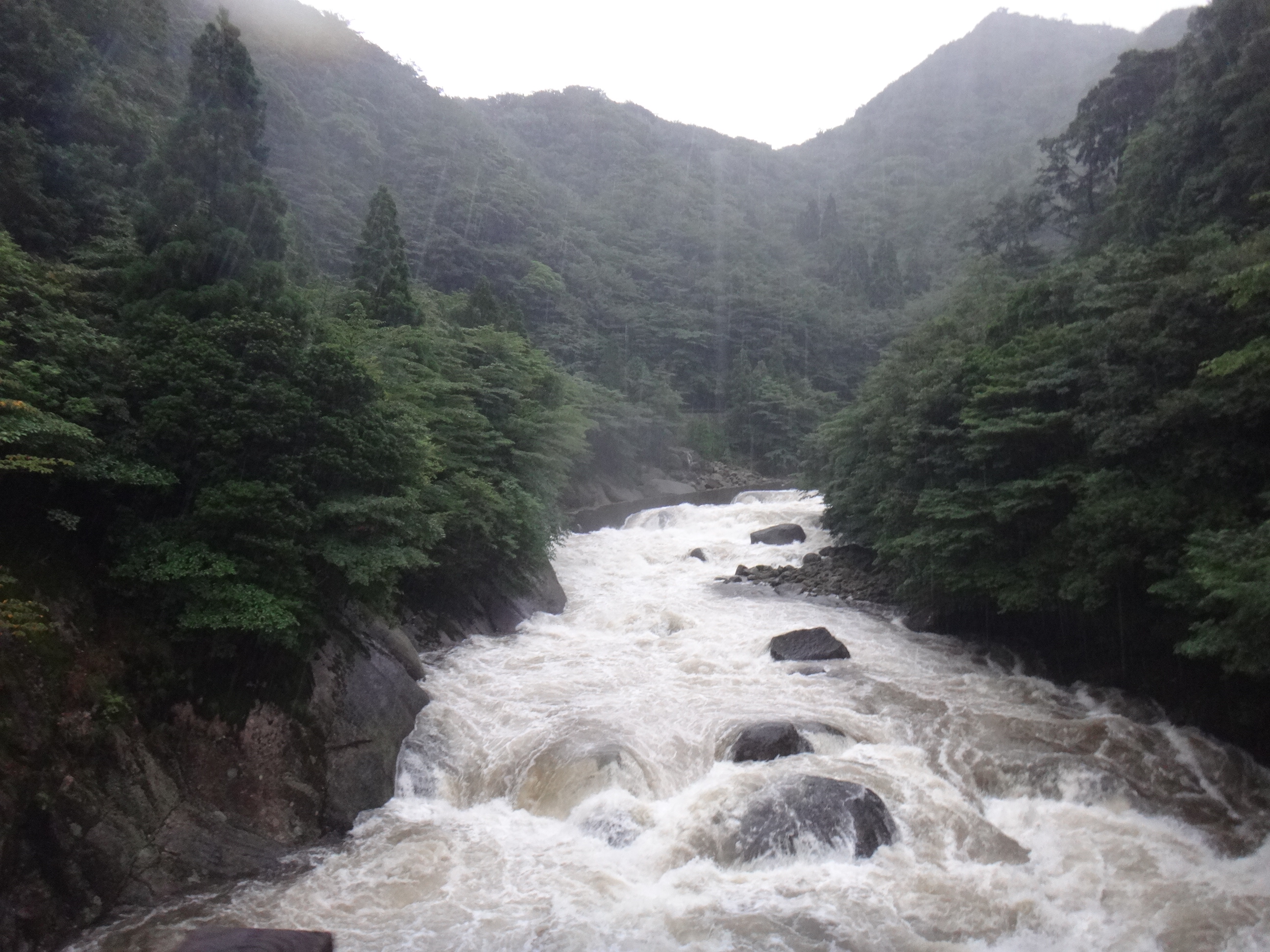 Q3. Miyazaki was famously inspired by Yakushima as a basis for Princess Mononoke. how are other artists or scientists being ‘inspired’ by Yakushima? Has Yakushima inspired you as well?
Q3. Miyazaki was famously inspired by Yakushima as a basis for Princess Mononoke. how are other artists or scientists being ‘inspired’ by Yakushima? Has Yakushima inspired you as well? There are so many ways to be “inspired.” I mentioned visitors going through life changes, and I think that, for many folks, Yakushima becomes a sort of focal point, like the narrow tunnel in the middle of an hour glass, where the jumble of past dreams can be released into future endeavors. Of course, I’ve met artists—sketch artists, mixed-media artists, crocheters, painters, photographers, writers, singers—who take direct physical inspiration from the forests as subject matter. Some of these find also find inspiration in the challenges: I don’t know if I should mention a certain contra-bass player standing precariously with his bass on a cliff to greet the dawn, or a young man with a sketchbook, hurrying to jot down the feel of the trees before his paper becomes saturated by the rain and mist, or a photographer who finally puts down her water-logged camera and opens her eyes. I think the most successful artists feel that rhythm and force of nature that can’t be tied to man-made order.
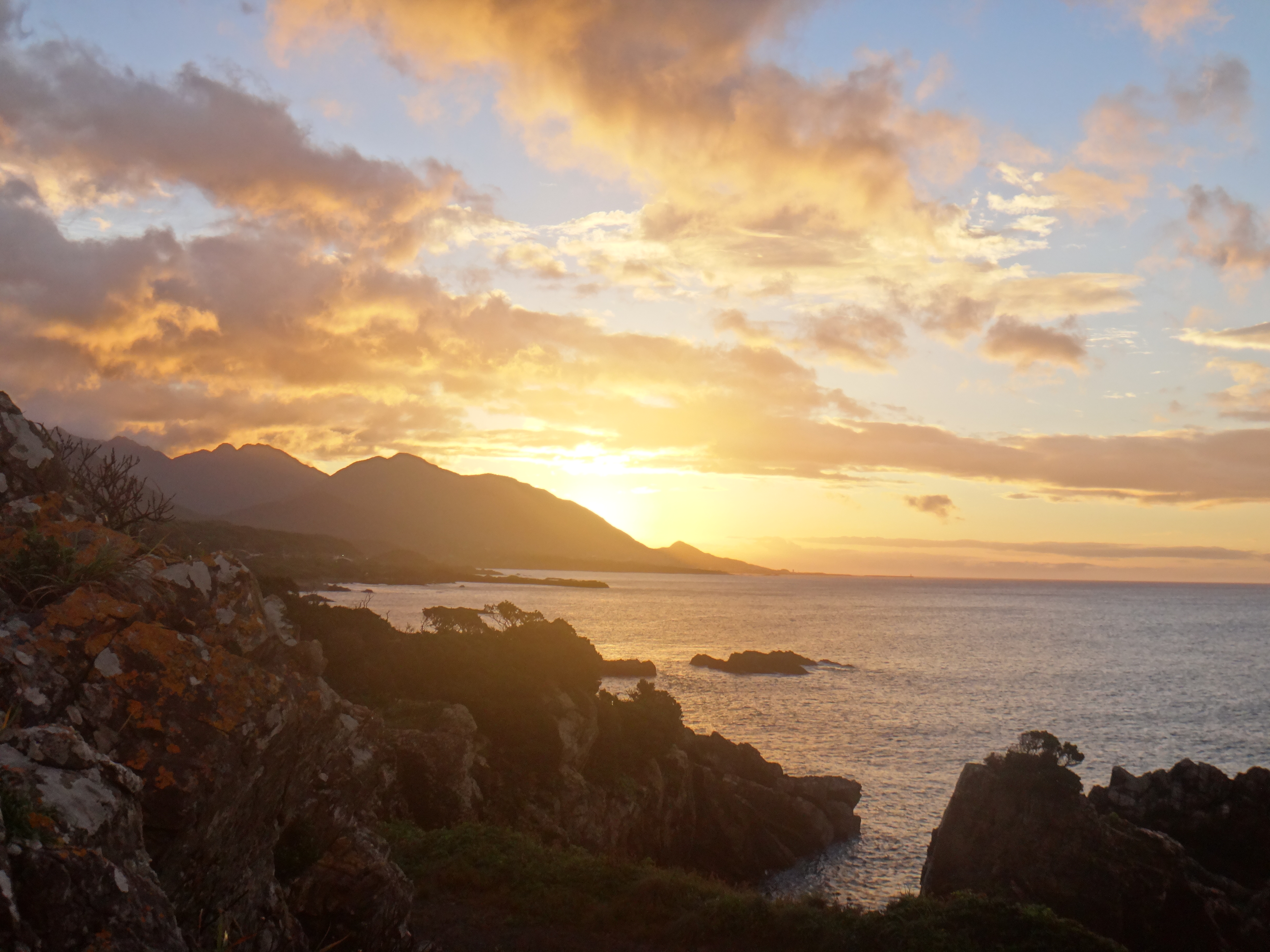 Q4. One of the reasons you are amongst Japan’s best guides (in my opinion) is your strict attention to detail. Yakushima is absolutely and obviously beautiful. What are some of the smaller details that may go unnoticed by individuals the first time they fall in love with Yakushima? What are the details that keep you interested in the island?
Q4. One of the reasons you are amongst Japan’s best guides (in my opinion) is your strict attention to detail. Yakushima is absolutely and obviously beautiful. What are some of the smaller details that may go unnoticed by individuals the first time they fall in love with Yakushima? What are the details that keep you interested in the island?You have to slow down to notice detail. I think everyone agrees with that, and it also helps to visit the forest again and again, to witness the day-to-day and moment-to-moment variations in light, smell, and sound, even the mood that permeates the air in popular spots like Shiratani Unsuikyo Park and the Jomon Sugi trail.
So many people take a photo of an animal and move on. In crowded spots and on long hikes, that might be the best you can do. But then you don’t learn anything from the animal. If you wait, you may see it sniff at you, watch you, accept you, run away, or even pretend to ignore you.
Another example, every microcosm of moss is exactly that. You don’t need to hike up to a mountain top for a panoramic view; every clump of moss by a trickle of water offers a similar opportunity. And if you do climb up to a peek (and it’s not freezing cold and raining), what greater joy than to recline and close your eyes for a few minutes, so that your first sensation upon waking is of the mountain itself. (I had some folks from the UK who recommended a certain book by Nan Shepherd, and I think she captures this sentiment fantastically.)
You’ve really got to give the forest time to permeate through you.
A lot of folks, including myself, also miss everything at an elevation under 500 meters—the jungle-like forests, the history of the towns, cultural ties to the ocean, the ocean itself.
 Q5. I hope this isn’t too much to ask! But as someone with strict scientific training, what value do you see in continuing to teach, appreciate or support the arts? In an increasingly technological world, what role does the artist have?
Q5. I hope this isn’t too much to ask! But as someone with strict scientific training, what value do you see in continuing to teach, appreciate or support the arts? In an increasingly technological world, what role does the artist have? More objectively, these days I think a lot of people think spirituality/religion and sciences are incompatible. I personally believe this couldn’t be farther from the truth, and I think art offers a language that can help bridge this divide. For example, and at risk of offending some people, there has always been a segment of humanity who prefer to believe what they are told and deny any line of logic that extends beyond what their eyes can see. And there is another segment inclined to deny any value in what cannot be logically deduced. Artists are challenged to appeal to all of these people. While it certainly doesn’t hurt, one doesn’t have to believe in the existence of little white forest spirits to understand that the movie, Princess Mononoké, is full of truth. As I hinted in my answer to the first question, I view both art and science as exploration; and I believe there is no greater expression of human endeavor than such exploration.
Furthermore, Yakushima, while being a little tiny island hardly 40km across whose absence would hardly affect the Earth overall, is fortunate to be both a hotspot for ecological research and an inspiration to the soul.
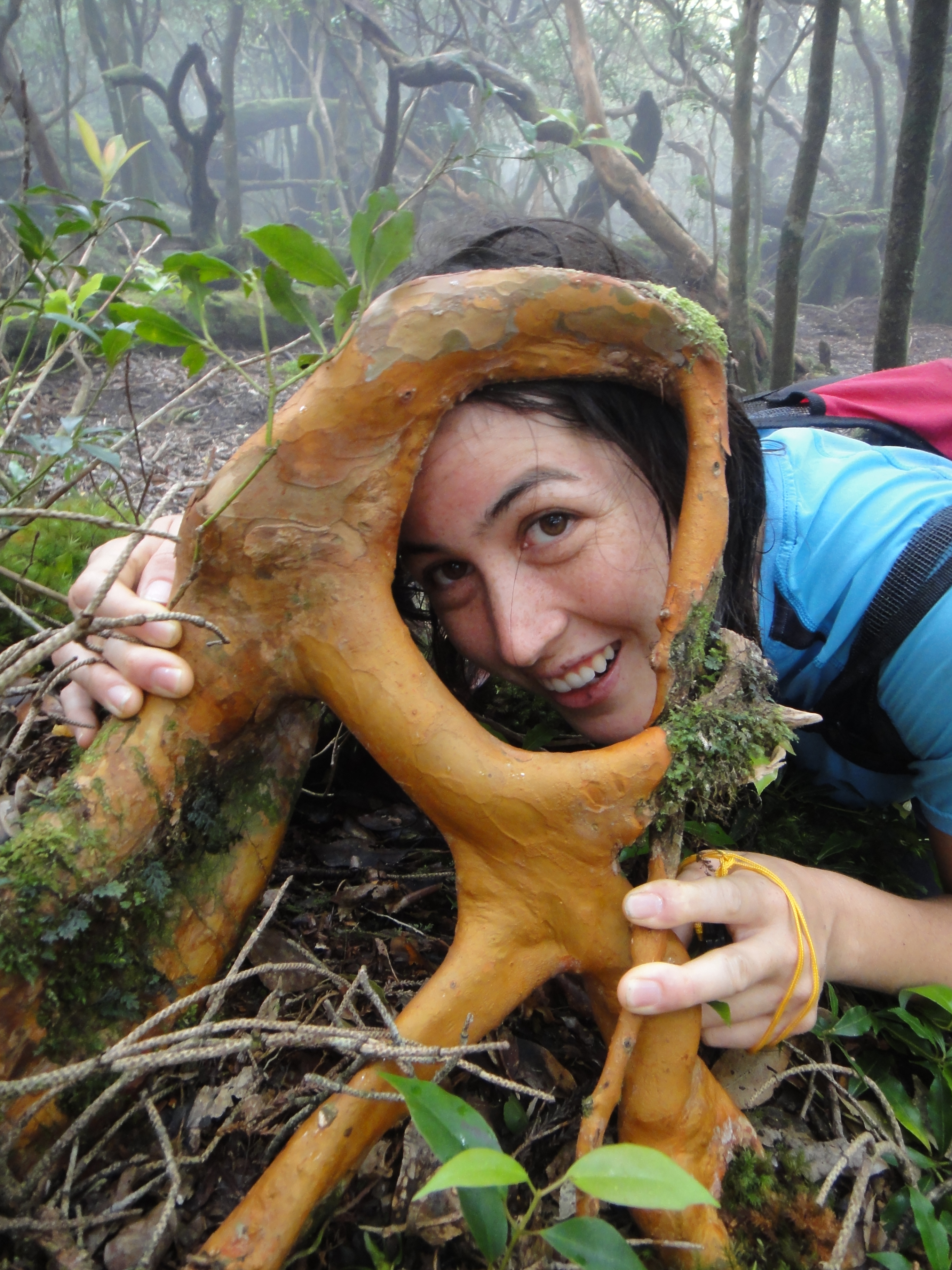 Q6. Lastly, may I ask what’s kept you in Yakushima all these years, and where do you see the future of you and the Island heading?
Q6. Lastly, may I ask what’s kept you in Yakushima all these years, and where do you see the future of you and the Island heading? If I’ve learned anything in life, it’s not to guess where I’ll be in ten years’ time! The fact that I’ve been here six years (My goodness, I was thinking it was only five!) speaks to both the challenges and thrills as well as the support and opportunities I’ve found here. Despite all my flaws, I’ve always felt welcome among the guides and the community. I still have several more mountains left to climb in Yakushima, countless rivers as well as the ocean to explore, a book to get published, and many personal goals. I often daydream about someday designing and opening a “rain café” where you could go to watch the rain. I have to admit, though, now that I have the leisure of studying physics at my own pace, I more often dream about the day I can proficiently read the late Stephen Hawking’s papers.
As for Yakushima, tourism is changing as Japanese tourists are replaced by foreign tourists, and I think that trend is going to continue. Just as local youths returning from Tokyo played a huge role in the conservation movement, I think it will be important for the youth of Yakushima to explore the world and take an active role in preserving local culture. Despite all our missteps and environmental shortcomings, Yakushima is blessed with growing forests. As I write this, it’s cherry-blossom season, and everybody’s been hiking up to the viewpoint at Taiko Iwa to see the coming of spring to the forests of the central valley. It’s one of Yakushima’s most popular destinations, yet most of the tourists don’t even realize that 25 years ago (when the World Heritage Site was established) there was no forest worth seeing from there.
PS.
It doesn’t relate directly to any of your questions, but I thought I’d like to mention the Yakushima rhododendron, a beautiful flower whose blooms dominate the central mountains during the monsoon season. This flower, well-known by botanists, has recently been selected as the “top rhododendron” of the world by the British Royal Horticultural Society’s Rhododendron, Camellia and Magnolia Group. Hybrid flowers have become popular among gardeners while rhododendron tours have been popular among hikers in recent decades. However, according to local tradition, this flower is also the embodiment of the God of Mountain Fortune, and an important part of annual pilgrimages to mountain-top shrines. It is a reminder to the people of Yakushima that they must always keep the interest of the mountains in mind as the island develops and changes.
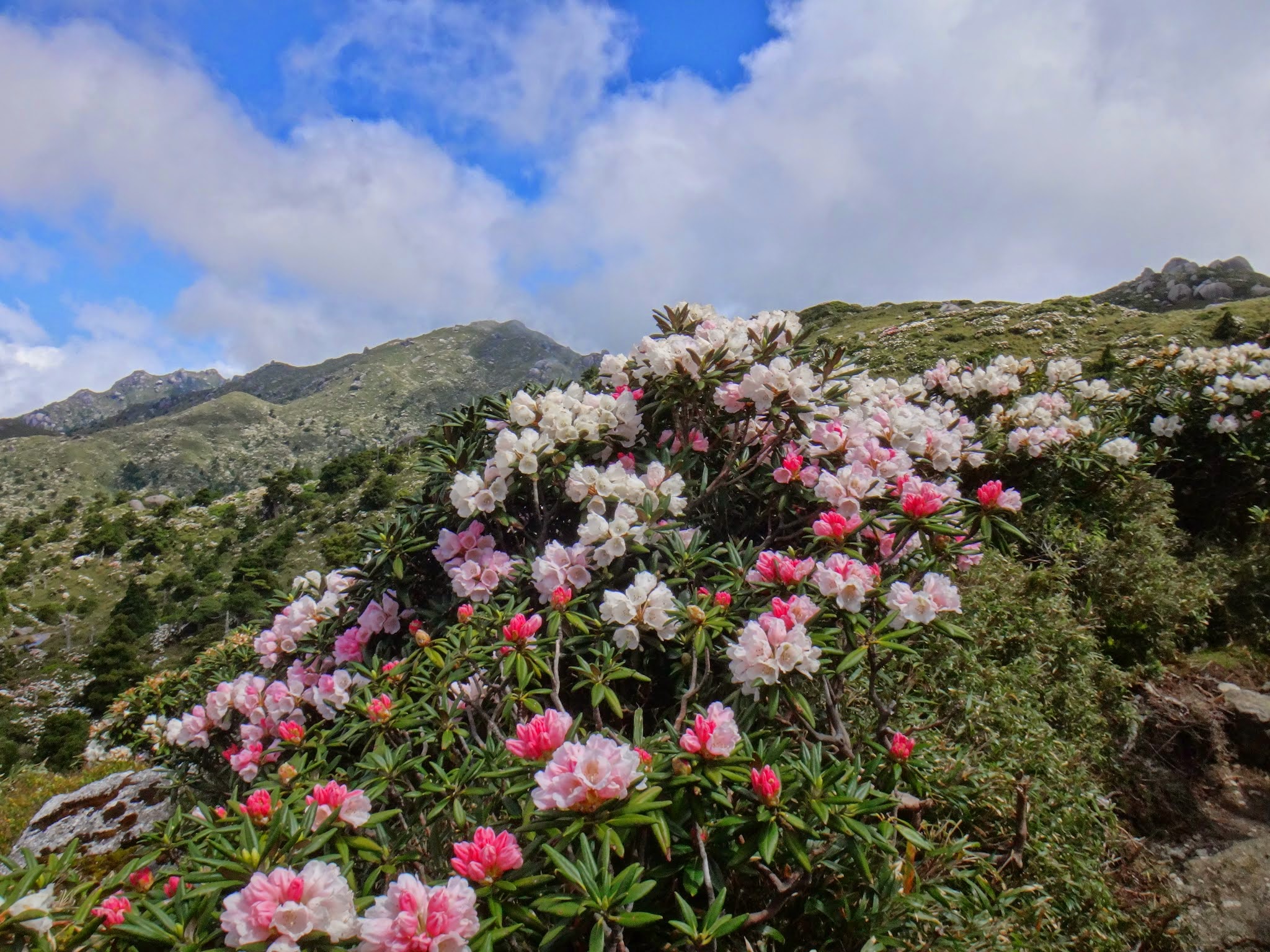
Contact Asia Art Tours Today for more information on guides like Jennifer and the tours we’ve created where science and art intersect.
You can also contact Jennifer directly at her website www.yakushimalife.com/

